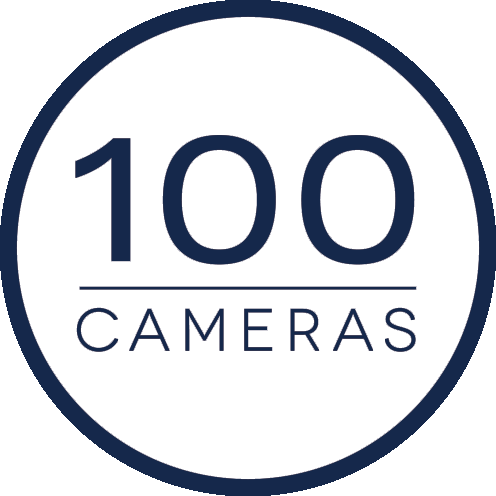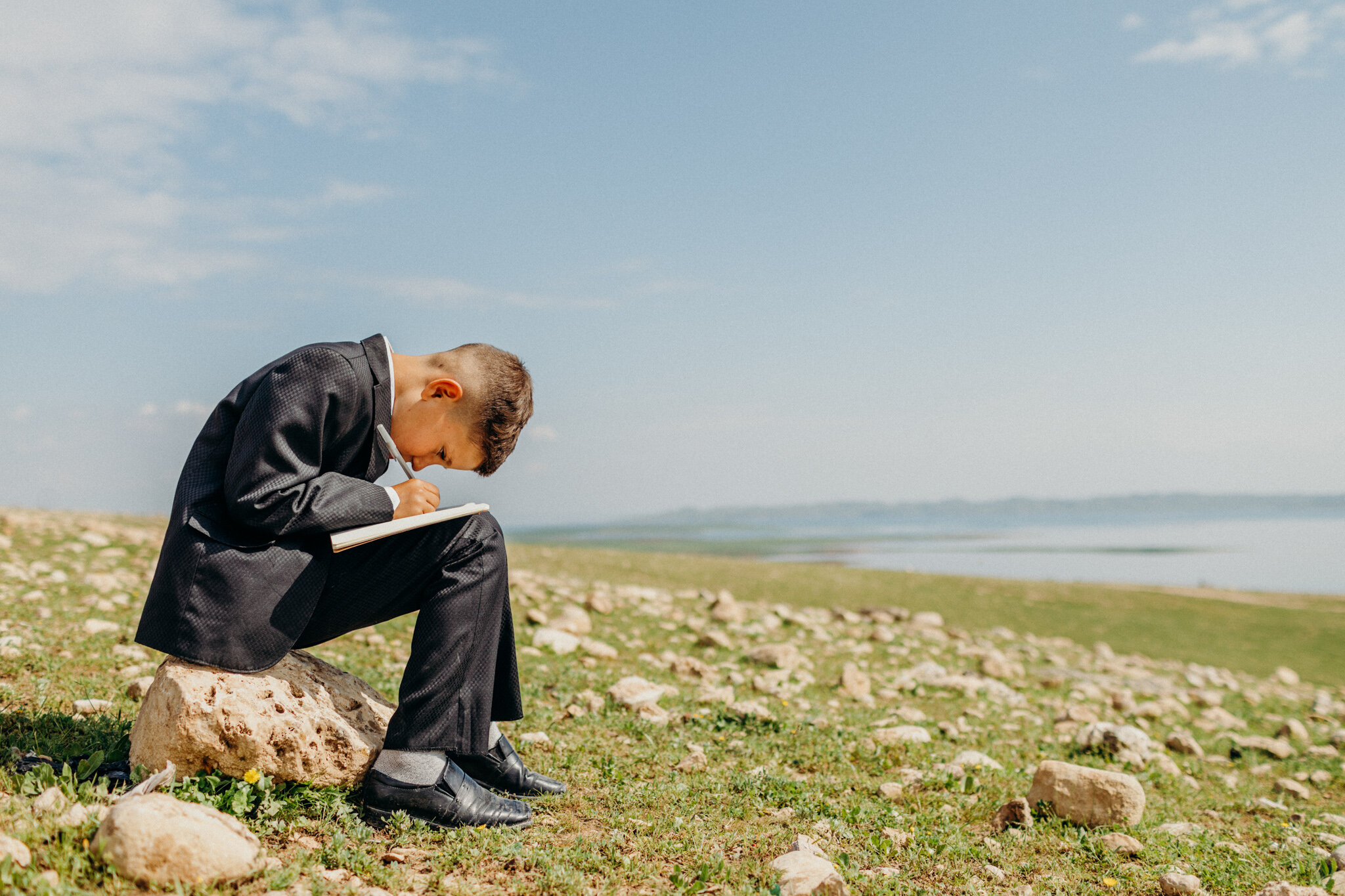GUIDE FOR ADULTS
TO SUPPORT YOU AS YOU SUPPORT youth
This guide is for guardians or educators based on our curriculum’s methodology and approach, which have been constructed through years of experience and fine-tuning under the trusted guidance of educators and child psychologists alike.
Given the natural limitations to create one online resource to serve across the entire childhood and adolescent experience compared to our program classroom experience that can be tailored in real-time to work alongside different age groups, we decided it was most effective if this workshop was designed for a specific age range.
Therefore, the full online Where You Are workshop experience is designed as-is to meet participants 11 years or older. However, in this guide, there are suggestions and insights to support tailoring this workshop to work alongside youth ages 5 - 18+ years old.
GUIDE FOR EDUCATORS
This section is designed to support educators to utilize this workshop in a group experience. To further tailor to students younger than 11 years old, please also reference the below guides.
ASSIGN EACH CHAPTER ACTIVITY TO THE GROUP: Whether it be individually one on one or if you are leading a group of students through the process remotely, assign each chapter’s activity as an individual assignment.
Each Activity is turnkey — written and designed in a way to communicate the concepts, goals, and exercise applications directly to the youth participate. (Meaning, as an educator, you do not need to learn and teach the lessons)
With each activity, consider how the lesson’s objectives and concepts can fit alongside your educator needs and goals. Hint! Science, History, Communications, Social Studies, and Art teachers have incorporated the workshop into their classroom. If helpful, reach out to us to brainstorm and explore!
Whether the videos and resources are watched individually outside of school or together inside a classroom setting, the workshop can support remote learning or traditional learning circumstances as needed.
DEBRIEF EACH CHAPTER TOGETHER AS A GROUP: At the end of each chapter after the “Reflection” activity, gather the group together whether remotely or in-person to discuss the following wrap-up questions. This time together is important to help connect the participants as they process the experience.
Read the 100cameras Methodology Guide below as inspiration for creating this unique space with your students.
Ask these questions:
What was your experience with interacting with photographs in this way? Discuss questions, reactions, and difficulties.
What did you enjoy the most about today’s chapter? The least?
Did you understand when to use which tools and when?
Were there any techniques they felt were more challenging than the others?
Did you understand how and why emotions are such an important part of photography? Of storytelling? Of creating your own narrative?
Was this concept more challenging than the others learned during the last chapter?
Support their effort + Reinforce:
For Individuals: The chapters, the photography activities and exercises, the reflections are for them and you are there to help them get the most out of their time, effort, and energy.
For Groups: This project has a lot to do with helping them on an individual basis, but they also might be surprised at how important the group exercises will be for their personal and creative satisfaction, as well as deepening relationships and fostering understanding with everyone around them.
Build excitement:
There is more to come! And lots of images to be taken and shared!
GUIDE FOR SUPPORTING CHILDREN 5 - 10 YEARS OLD
The prompts and questions in the workshop are written specifically to meet the comprehension capabilities of the 11 through 18+ year old age range (as best as possible given that within that bracket, there is much celebrated variety!). The best way to utilize the workshop for this younger age range is the following:
FOR STUDENTS 8 - 10 YEARS OLD
COMPLETE EACH CHAPTER TOGETHER: Whether it be individually one on one or if you are leading a group of students through the process remotely, walk alongside each chapter’s topic, video lesson, and activities together. This helps the participant(s) digest the information and process the prompts.
Watch the chapter’s lesson video together. Upon completion, ask if the participants have any questions about any words or phrases or examples they heard. Clarify as needed.
With each activity that follows the chapter’s lesson video, read aloud the questions or prompts together.
Then ask the participant(s) to explain how they interpret the questions or prompts. With this gauge of their understanding, guide the participant(s) through building a bridge between any gaps that may exist in their understanding of the question and what the question is asking.
DEBRIEF EACH CHAPTER TOGETHER: At the end of each chapter after the “Reflection” activity, invite the following wrap-up questions to help connect the participant and you as their guide as you both process the experience:
Ask these questions:
What was your experience with interacting with photographs in this way? Discuss questions, reactions, and difficulties.
What did you enjoy the most about today’s chapter? The least?
Did you understand when to use which tools and when?
Were there any techniques they felt were more challenging than the others?
Did you understand how and why emotions are such an important part of photography? Of storytelling? Of creating your own narrative?
Was this concept more challenging than the others learned during the last chapter?
Support their effort + Reinforce:
For Individuals: The chapters, the photography activities and exercises, the reflections are for them and you are there to help them get the most out of their time, effort, and energy.
For Groups: This project has a lot to do with helping them on an individual basis, but they also might be surprised at how important the group exercises will be for their personal and creative satisfaction, as well as deepening relationships with everyone around them.
Build excitement:
There is more to come! And lots of images to be taken and shared!
FOR STUDENTS UNDER 7 YEARS OLD
You know the participant best!
First read the above suggestions for students 8-10 years old and gauge if that approach would work for the participant(s) and their personality, learning style, and attention span.
If the above guide is determined not a fit, we suggest utilizing the following approaches below which are pulled from the 100cameras methodology for utilizing creativity to help process and express thoughts and feelings.
THE 100CAMERAS METHODOLOGY
1. CREATE A CONTAINER
Create a container of trust and space for students to feel calm, safe, and where imagination or creativity are in play. Do this by utilizing our activities and photo adventures in each chapter of this workshop. Or for younger ages, do this even through another form of art activity such as drawing or painting.
2. MATCH THEIR LEVEL
As adults, it’s important for us to get on their level. This means: our eye level and our tone of voice should correspond well with theirs, and even the words and body language we use should be empowering. Confidence building gestures open up their interest and even willingness to process.
3. INQUIRE WITHOUT THE QUESTION MARK
Throughout this time, ask questions that are actually statements because the traditional question mark format in a group or one on one setting such as this has a higher risk of creating a barrier - even if on a subconscious level. This ultimately risks taking away from what was created in the container above in #1 and #2. Think of these statements as invitations.
Suggestions for questions disguised as statements:
Tell me about what you’re creating.
Tell me about why you chose to draw/paint/photograph this.
Share with me what you’re feeling about this.
Share with me about something you just learned or realized.
4. SILENCE IS NOT ONLY GOLDEN, IT IS EVERYTHING
Affirm silence.
This can be difficult, it is true! But leaning into this truth is key: Not every statement the participant shares needs an immediate response or fix. Being granted the silence and space to share something externally -- or even internally -- without a direct response or reaction is an important step in processing.
Respond with positive assurances, such as:
Thank you for sharing that.
You must be so proud of what you are creating here.
You must be so proud of how you are feeling.
Follow-up with assurances of safety, love, and care during these uncertain times while trying not to produce a “solution.”
That can be saved for another time or conversation when the participant is engaged and listening, outside of this creative processing and self-expression container.
This is free! We want you to share! Please always credit.
All 100cameras marks, methodologies, activities, and ideas are protected under trademark and copyright.
By using the activities Where You Are workshop, you are participating at your own risk and releasing 100cameras of any liability.







